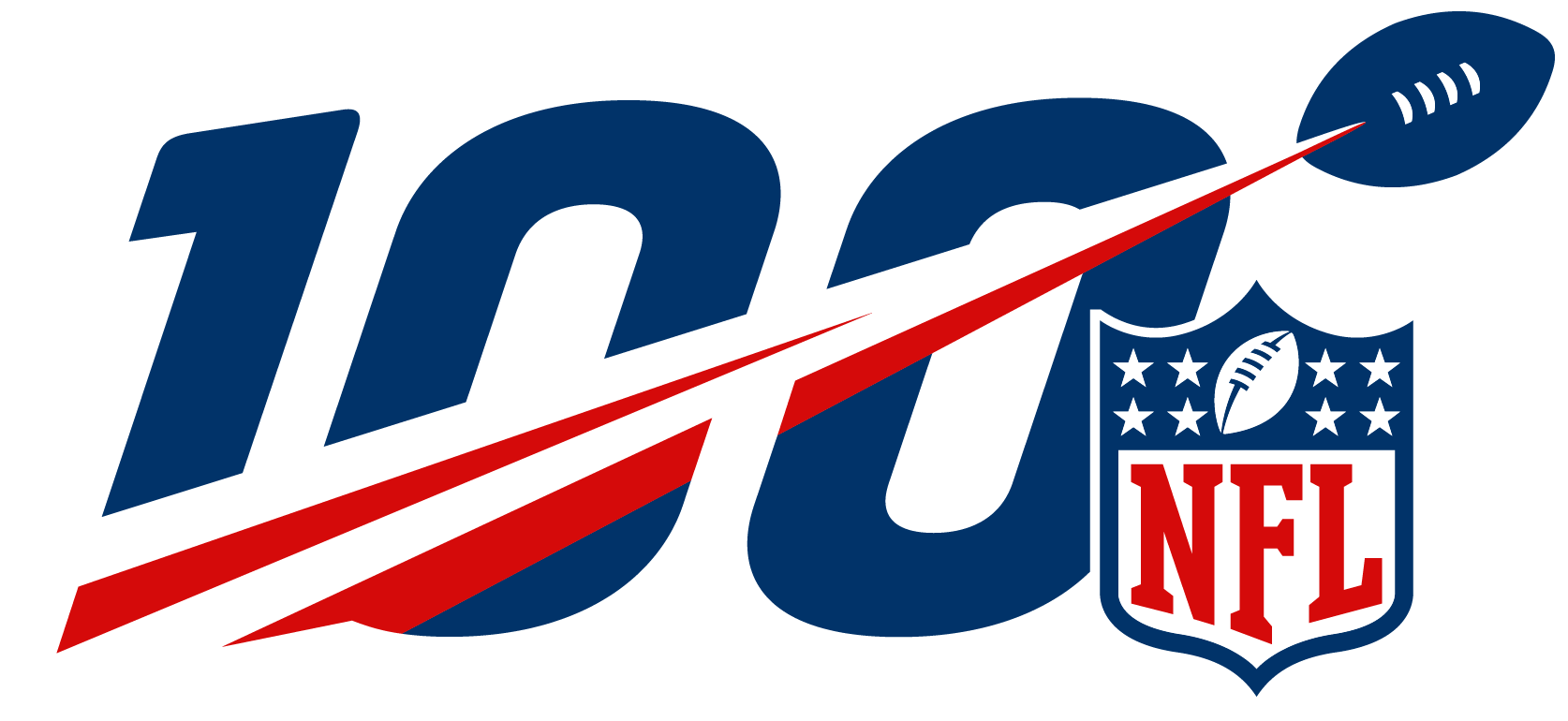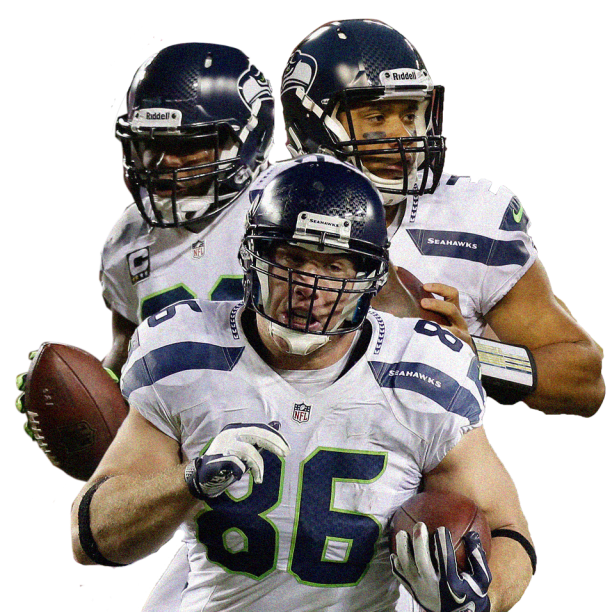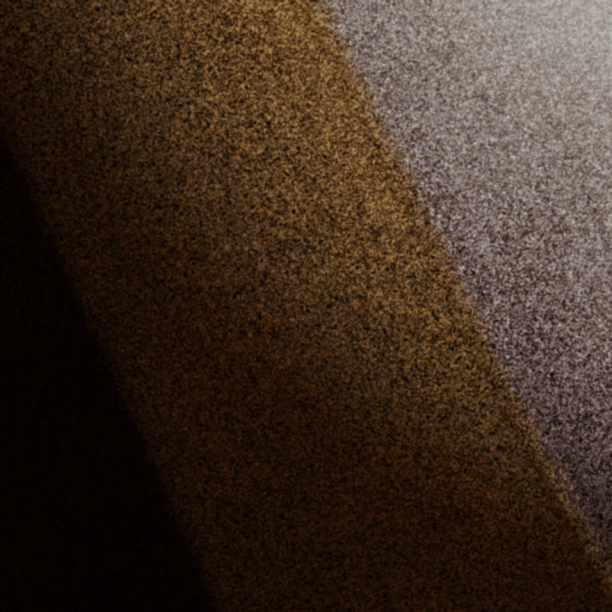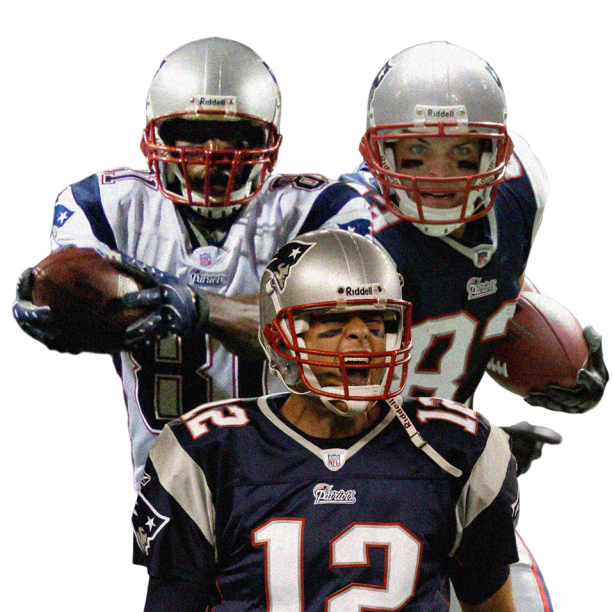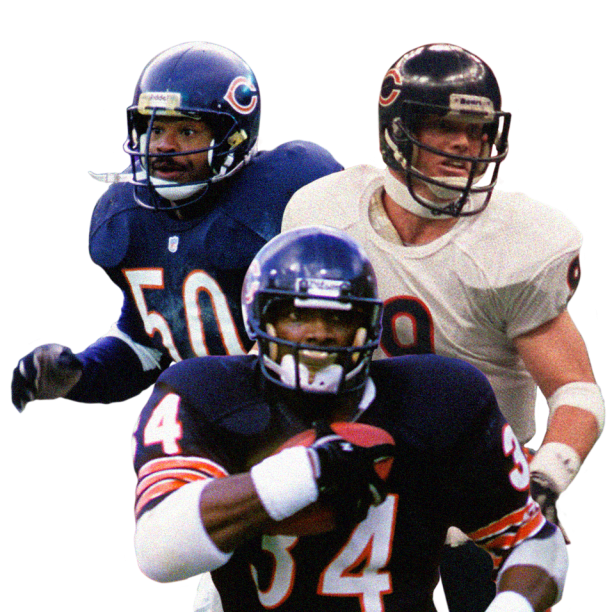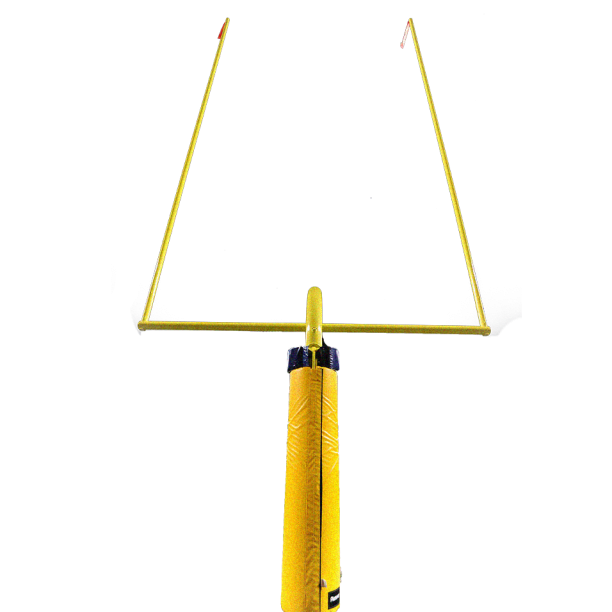
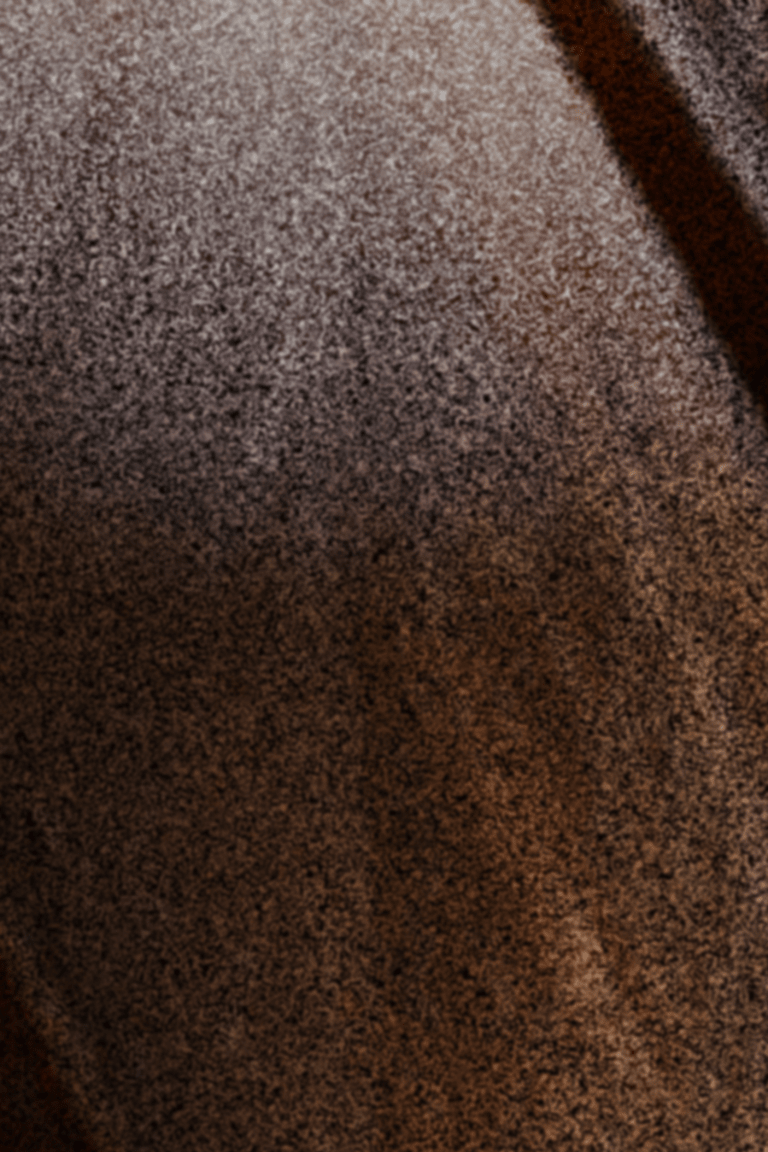
Moving the goal post

In 1974, the goal posts on an NFL field were moved from the goal line to the end line. The change had a major impact on the game, reducing the number of field goals and freeing up the end zone for passing, running, and punting while removing a safety hazard. When the NFL was founded in 1920, the goal posts stood on the goal line. In 1927, they were moved back 10 yards to the end line to remain consistent with NCAA rules. But tie games became too common, and so the NFL again returned the uprights to the goal line in 1933. For decades, with two posts as obstacles, quarterbacks had to avoid them when passing (passes that struck them were ruled incomplete) and punters had difficulty booting the ball out of their own end zones. Offensive players’ movement was limited but goal posts were also used as screens on short runs and crossing patterns. In the late 60s and early 70s, field goals significantly increased. To reduce field goals, the league moved the uprights back to the goal line in 1974, and it had its intended effect.
Most Popular

